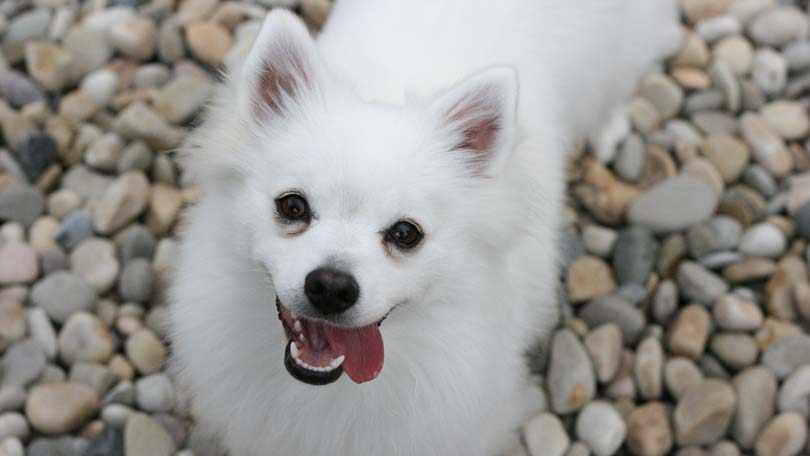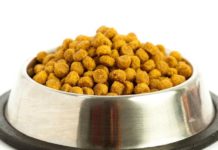
Have you ever wondered why some dogs at the dog park have super shiny coats, lots of energy and a healthy body weight? In addition to getting enough exercise, those dogs are more than likely being fed a high quality dog food. With the huge selection of food choices available, how do you know that the food you are giving your dog is the best for him?
When selecting a dog food, you can choose ready to eat food in either wet or dry varieties, or you can opt to make homemade food based on recipes specially designed to give your dog all the nutrition he needs.
There are pros and cons to making your own dog food. The first, and most obvious con is that making all the food your dog needs requires a time commitment. For some people who barely have time to cook their own dinner, this is just not possible. While most of the recipes are not difficult, learning enough about the nutritional needs of your dog requires a little research.
The pros are that you may be able to save money over purchasing ready to eat dog food, and you will know exactly what ingredients you are feeding your dog.
Don’t worry if making your own dog food isn’t for you. There are plenty of choices of dog foods that have all of the nutritional elements that your dog requires. The key to picking a quality dog food is knowing what your dog needs in order to stay in tip top shape.
Whatever brand of dog food you select, be sure the food contains the following two ingredients.
Animal Protein
Look for a brand that contains a meat that is identified. For example: beef NOT meat or turkey NOT poultry. A whole meat ingredient should be the first ingredient listed. If there are more than one meat sources listed, that’s even better. Avoid foods that contain animal fat.
Whole Grains and Vegetables
The more a food has been processed, the more it loses its nutritional value. We know this is true in human foods, and the same rule applies in dog food. Look for ingredients such as ground whole rice or ground whole corn.
Also look for named fats and proteins such as beef fat rather than animal fat. Foods that are identified as being hormone and antibiotic free are even better.
The following should be avoided in dog foods.
Meat By-Products – These ingredients, while they provide some protein, is a source far inferior to whole meat. It is used in cheaper dry and wet dog foods. Meat by-products can include bones, necks, heads and intestines.
Corn Gluten Meal – This is a product that is leftover (waste) from human food production. It is often found in poor quality foods.
Unnecessary Ingredients – If it provides no nutritional value, it shouldn’t be in the food. Avoid artificial colors and flavors and sweeteners such as corn syrup.
Deceptive Ingredient Lists – If you see an ingredient listed more than once with slightly different wording (i.e. rice flour and rice bran). Some manufacturers split the ingredients so that the ingredient can appear further down on the ingredient list.
The fact about commercial dog food is that while some brands provide superior nutrition, some of the low-end brands are unable to meet the dietary needs of your dog. Take the time to read the ingredient list, and look for the whole meats, grains and vegetables as suggested above.
Some pet owners are confused by whether to feed dry or wet. A mixture is a good way to help ensure that your dog will not become bored with his diet. The same ingredient rules apply to both wet and dry foods.
There is no one dog food that is best for every dog. Many experts suggest finding three or four high quality dog foods and feeding them on a rotating basis. If one food is lacking in one area, the other may make up for it. This is a good way to make sure that your dog is getting all of the ingredients he needs to be healthy, have a shiny coat and lots of energy.
It’s also fine to supplement commercial food with some fresh ingredients such as cooked meat, canned tuna or salmon and fresh vegetables.
If you notice that your dog is becoming overweight, consider feeding a food for overweight dogs. These foods contain less fat and should only be given to dogs that need to lose weight. If you aren’t sure if your dog needs to be put on a diet, check with your vet.
The “best” food may be different for each dog based on age, physical condition and type of dog. There is no one food that is right for every dog. If you feel unsure about your food choices, do not hesitate to ask your vet for advice.





